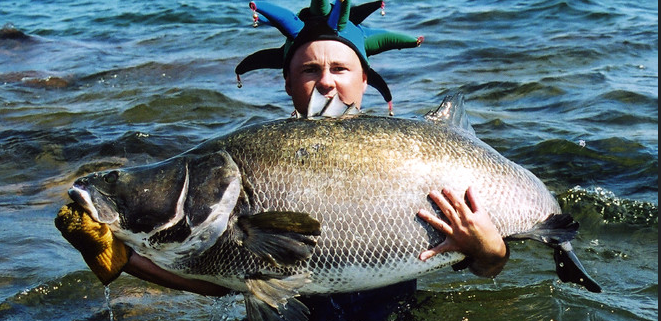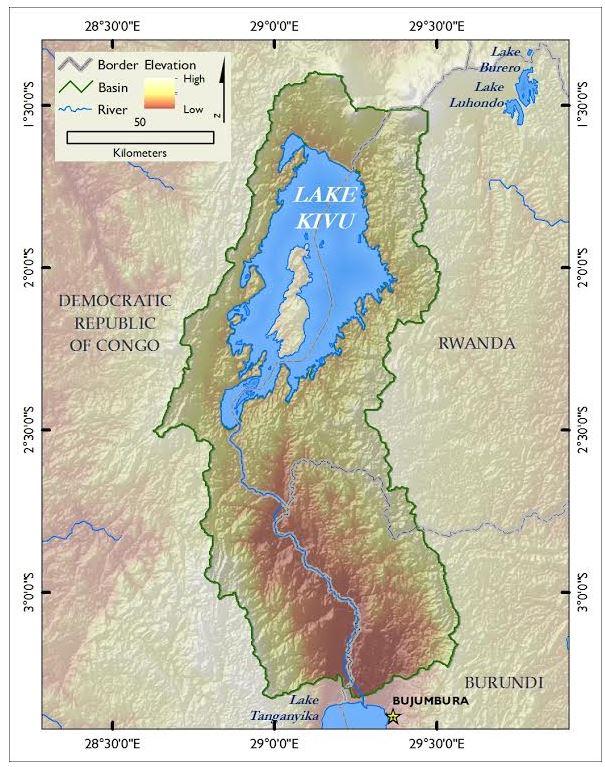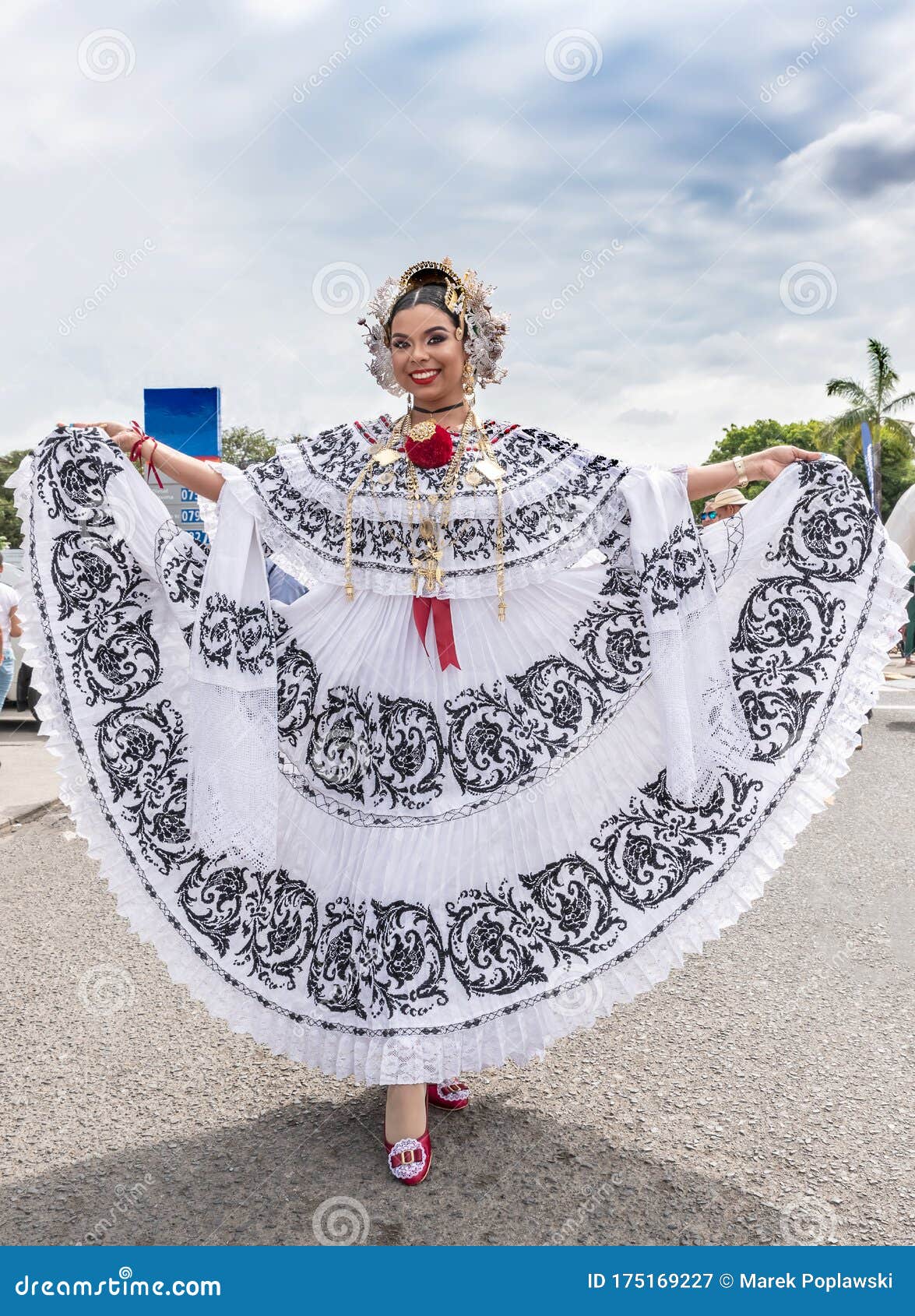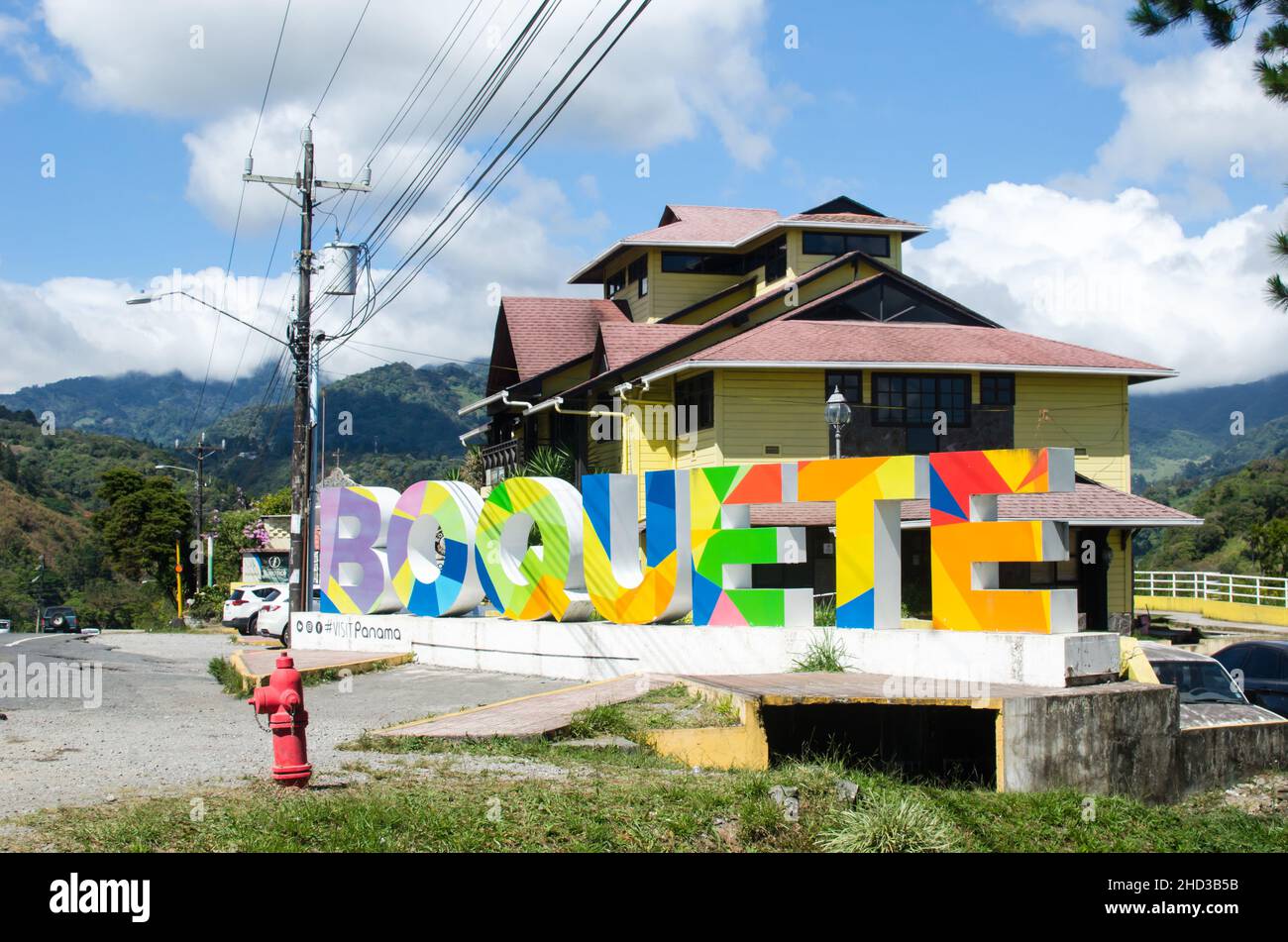8. Rwanda is one of the cleanest nations on Earth
Not only has the country employed a decade-long ban on plastic bags and packaging material, but locals take part in a monthly community clean-up called Umuganda. Translating to “coming together in common purpose,” Umuganda was introduced to Rwandan life in 1998 and involves everything from rehabilitating forests and wetlands to building schools and hospitals. While Umuganda is mandatory for Rwandan locals aged 18-35, visitors and ex-pats are encouraged to roll up their sleeves and pitch in on the last Saturday of every month.
9. Ruanda-Urundi
The name was forged after Merging Rwanda and Burundi (another small African nation bordering Rwanda to the North). They were both independent countries until the arrival of the Germans in 1894.
The two countries merged into one as a European colony was ruled by Germany and subsequently Belgium until the colony gained independence in 1962. After independence, the two countries split again into two independent countries – Rwanda, and Burundi.
So, it is not a surprising fact about Burundi that it shares some cultural similarities with Rwanda. The two countries are tightly linked as beyond adopted European cultures they also share indigenous languages and traditions.

10. Lake Kivu
Lake Kivu is the largest local source of fish in Rwanda, providing more than 20,000 tons of fish per year and subsidizing fish imports for animal protein. The introduced Lake Tanganyika sardine (Limnothrissa miodon) forms the main fishery. The fishery supports 500,000 people in Rwanda and the DRC. Extraction of the large volumes of methane in Lake Kivu is expected to generate up to 25MW of electric energy but this extraction needs to be done in a safe manner as leaks could harm human health, biodiversity and the climate. There is a high potential for eco-tourism on the islands and around the lake.
Lake Kivu is home to around 28 fish species, half of which are cichlids found only in Lake Kivu. Four species have been introduced to the lake. Around 142 species of plants, 80 species of birds, 52 species of invertebrates, six species of mammals, six species of reptiles, and five species of amphibians are found in the lake and its basin. The area around the lake is made up of broad-leaved (semi) deciduous evergreen forests/woodland. Some species such as marsh mongoose (Atilax paludinosus), water birds, and snakes such as rhinoceros viper (Bitis nasicornis) and foresee cobra (Naja melanoleuca) are considered endangered and are listed on the IUCN red list.

Taken from https://www.africangreatlakesinform.org/article/lake-kivu
2. Carnival de Panamá
The Carnival de Panamá is the most well-known celebration in Panama, held annually in Panama City. It spans four days and includes lively parades, music, dancing, and lavish costumes. This celebration usually takes place in February or March.
If you visit Panama, attending the Carnival de Panamá is an experience not to be missed. The colorful and extravagant costumes the participants wear are a sight to behold.
The music and dancing are infectious and will have you tapping your feet and joining the fun. This festival’s energy and excitement will surely leave a lasting impression on anyone who attends. It is no wonder why this is one event that Panama is known for.
Komentator isenk:
2. Carnival de Panamá
The Carnival de Panamá is the most well-known celebration in Panama, held annually in Panama City. It spans four days and includes lively parades, music, dancing, and lavish costumes. This celebration usually takes place in February or March.
If you visit Panama, attending the Carnival de Panamá is an experience not to be missed. The colorful and extravagant costumes the participants wear are a sight to behold.
The music and dancing are infectious and will have you tapping your feet and joining the fun. This festival’s energy and excitement will surely leave a lasting impression on anyone who attends. It is no wonder why this is one event that Panama is known for.
Panama Carnival - Carnaval de Panamá
4. Pollera
The pollera is a popular dress among Panamanian women during special occasions like weddings and folk festivals. It is a long skirt made of cotton or silk with beautiful embroidery and lace.
Women pair the pollera with an embroidered blouse, shawl, or headdress. The pollera represents Panama’s culture, and tradition passed down as a family heirloom.
Trying on the pollera is a must-do when you visit Panama as a female. Wearing the pollera is a great way to experience Panamanian culture, learn about its history, and have a memorable experience. For guys, you can buy it as a gift for someone you love.

5 Edward A. Murphy Jr. - American aerospace engineer
An engineer who spent a lifetime studying reliability and safety in order to prevent human error, Edward A. Murphy coined “Murphy’s Law” with an offhand remark. While stationed at Wright-Patterson Air Force Base in the late 1940’s, Ed Murphy was a member of the Engineers Club of Dayton.

Murphy's First Law: Anything that can go wrong will go wrong.
Murphy's Second Law: Nothing is as easy as it looks.
Murphy's Third Law: Everything takes longer than you think it will.
6. Boquete
Boquete is a place in Panama with lovely views, cool temperatures, and excellent coffee. It’s a popular spot for people who love nature and outdoor activities like hiking, bird watching, and rafting. When you visit Boquete, you can explore the beauty of Panama’s lush nature and take part in exciting adventures.
One of the most remarkable things about Boquete is the quality of its coffee. Visit the coffee plantations here to learn about making coffee and taste some of the best beans. This experience will give you a deep insight into the world of coffee production, while also enjoying the rich flavors of Panamanian coffee.











 AlfatogodeQFBere:
AlfatogodeQFBere:
